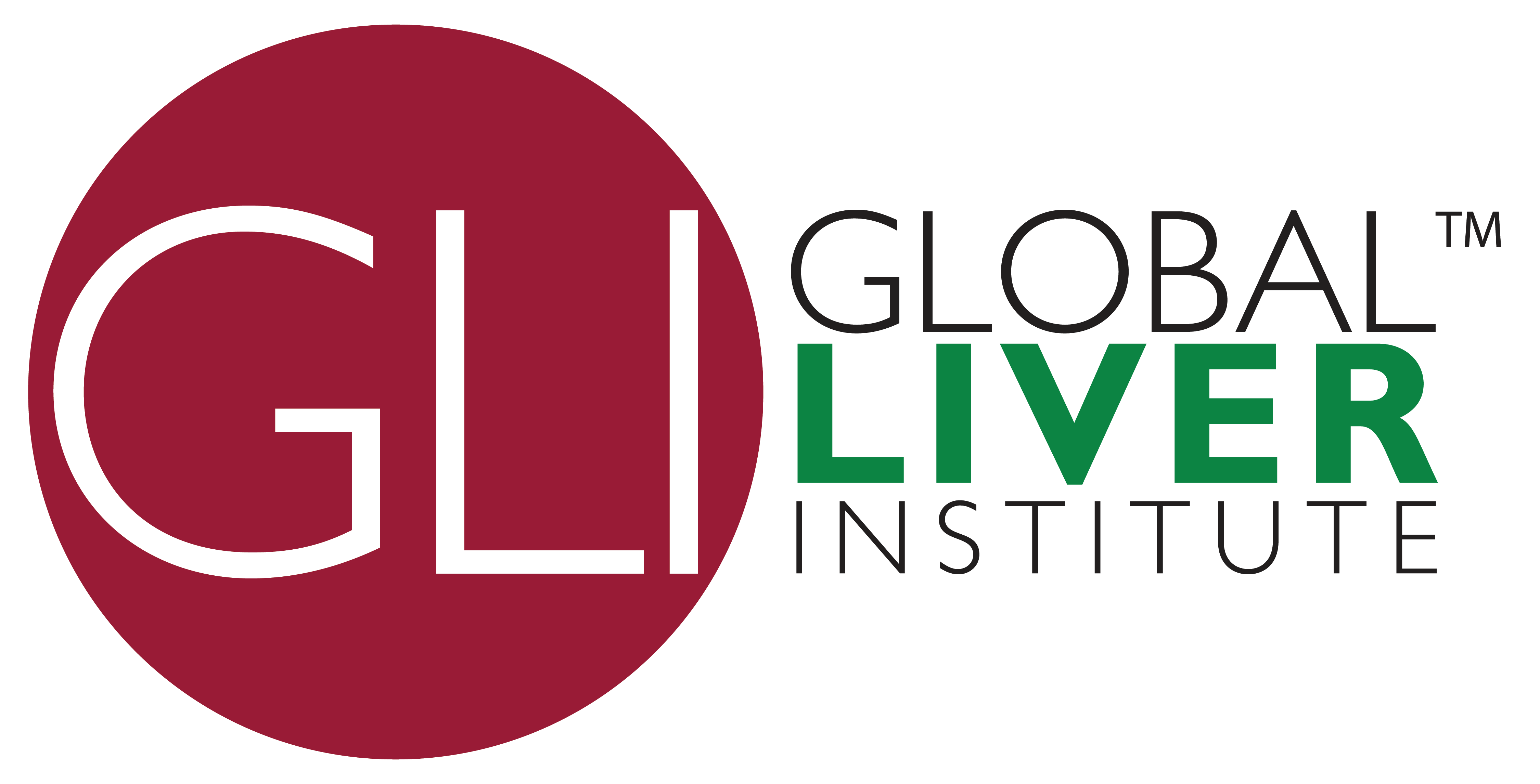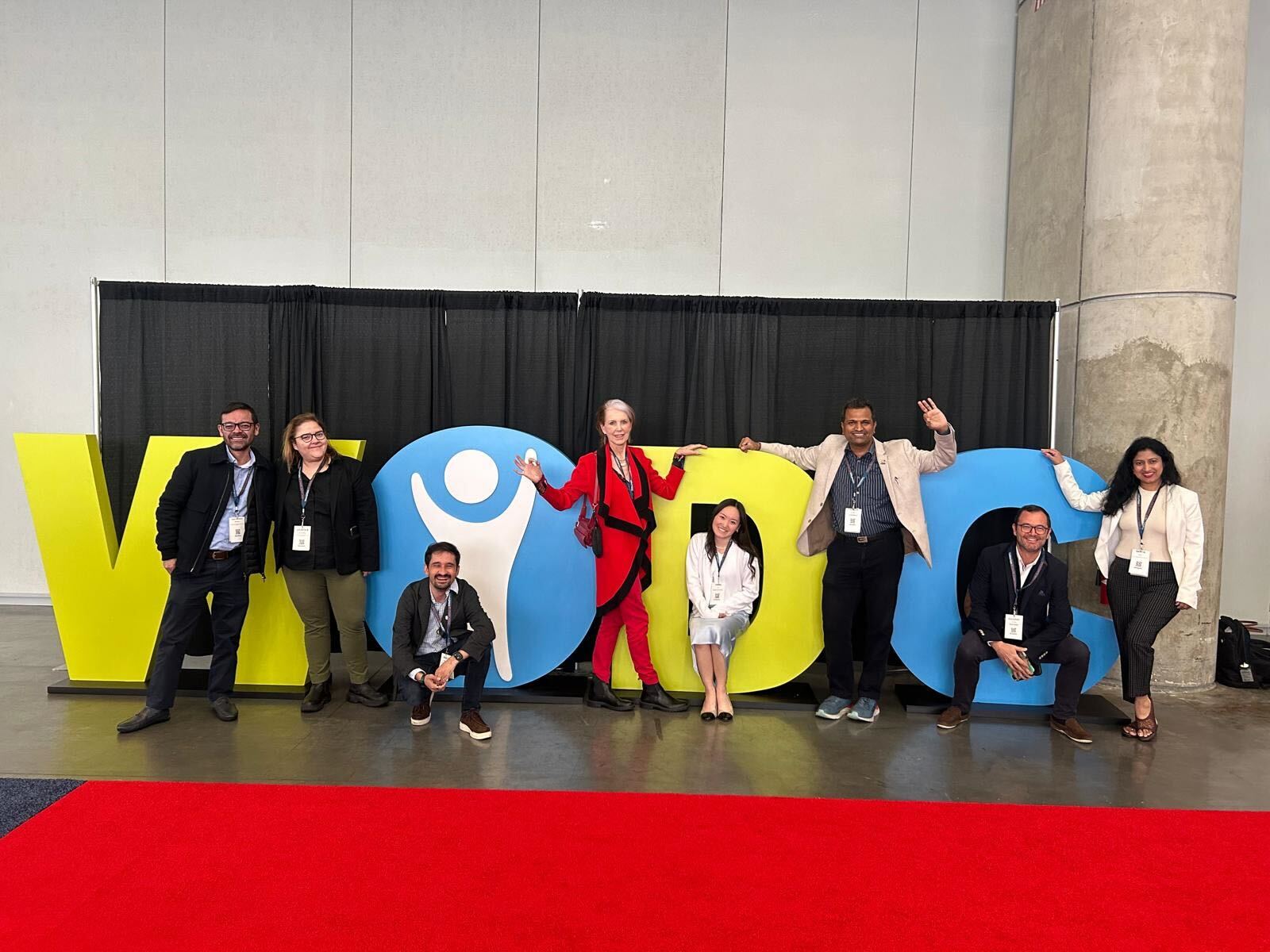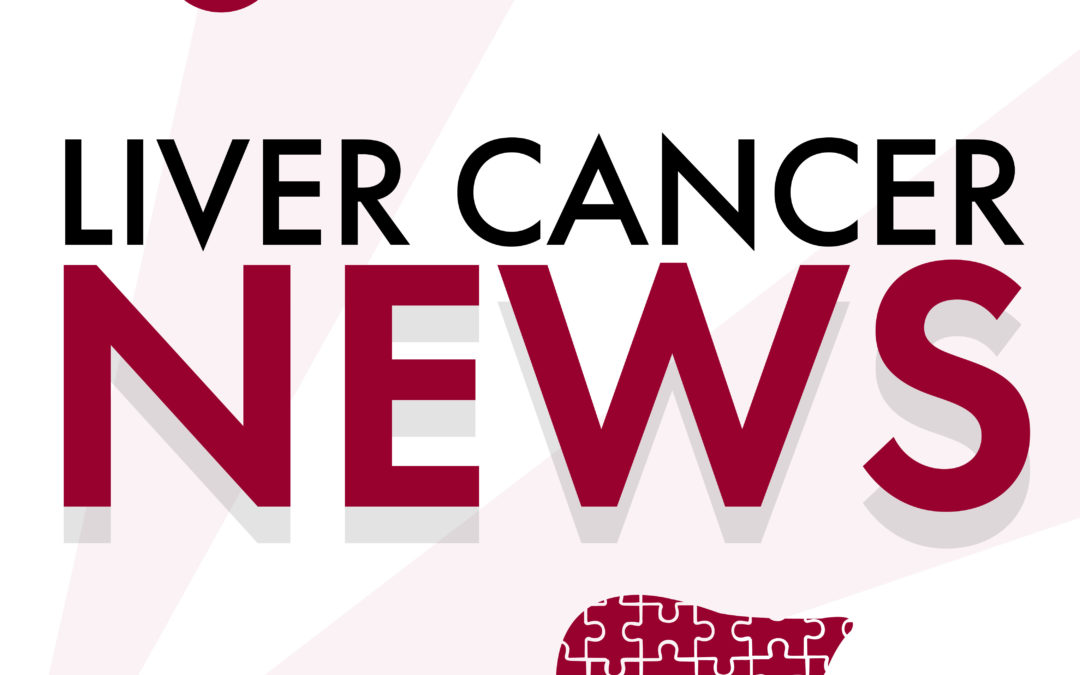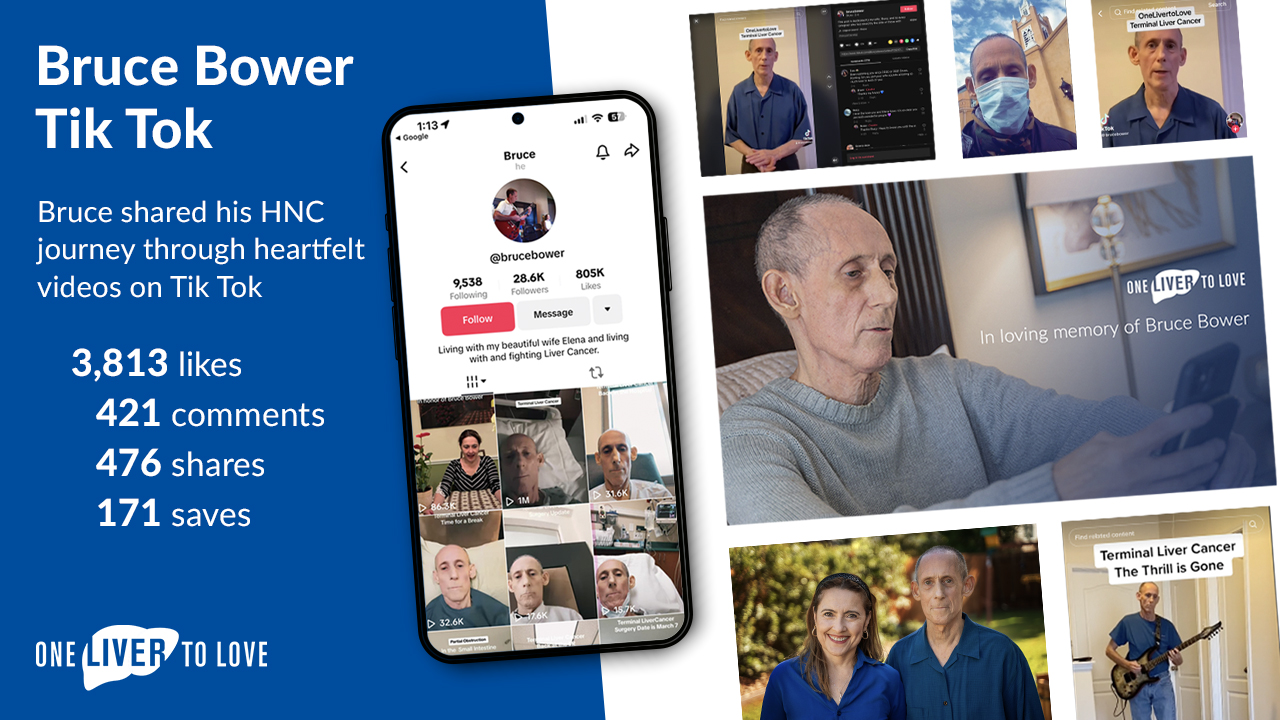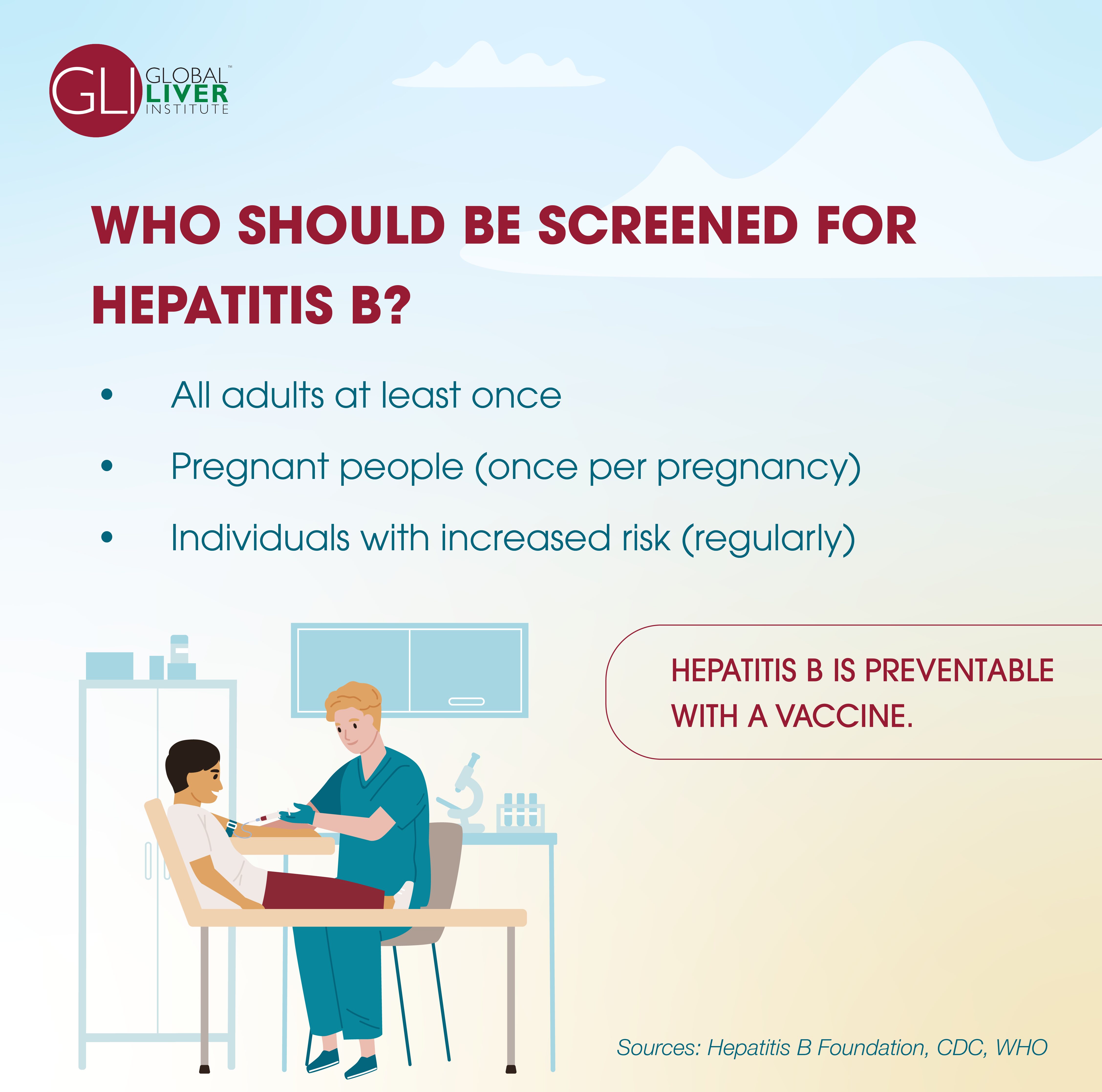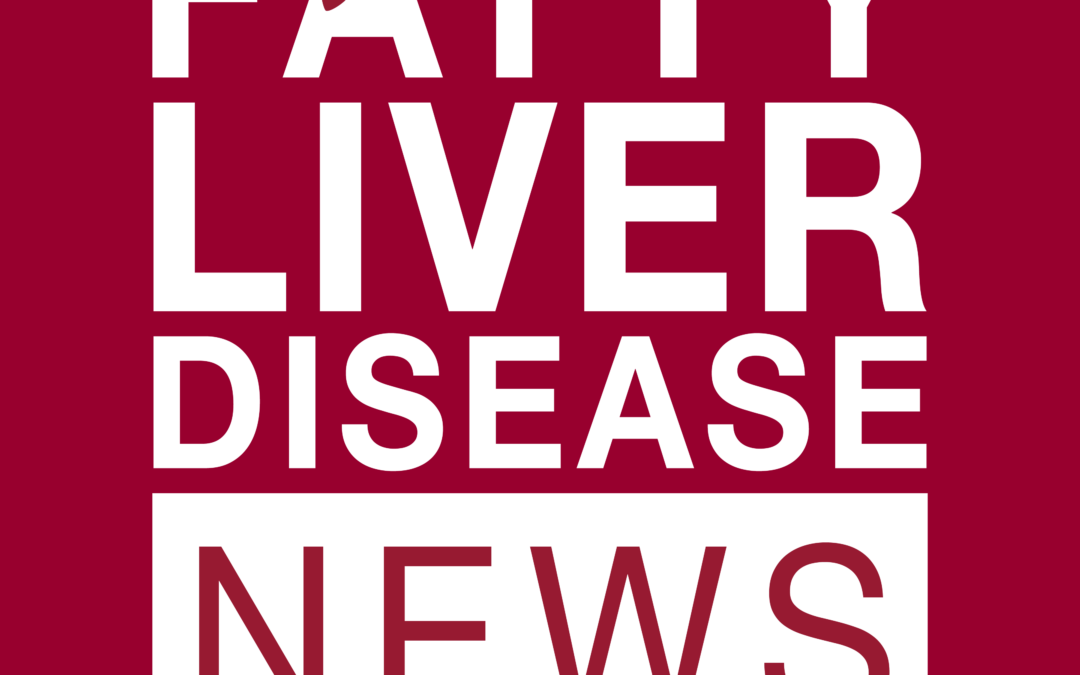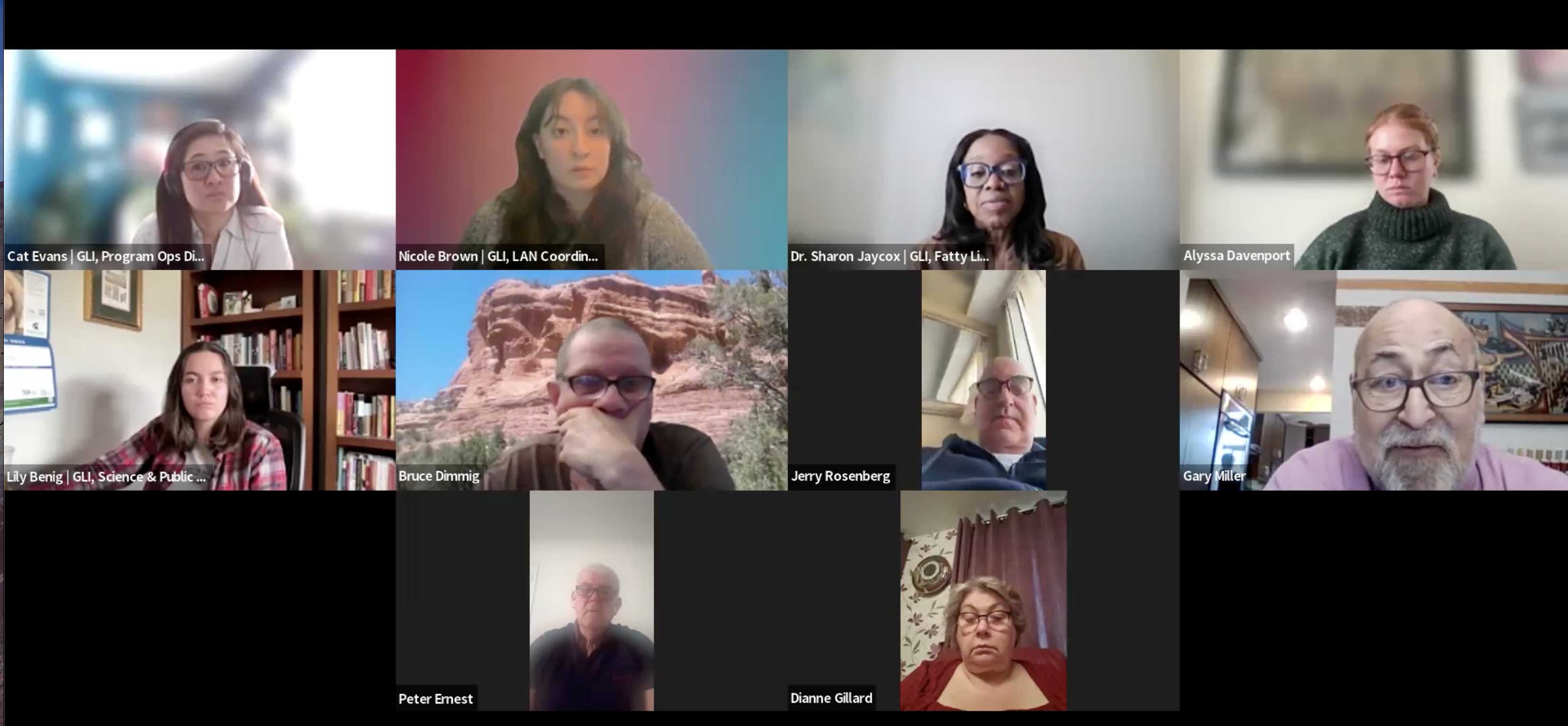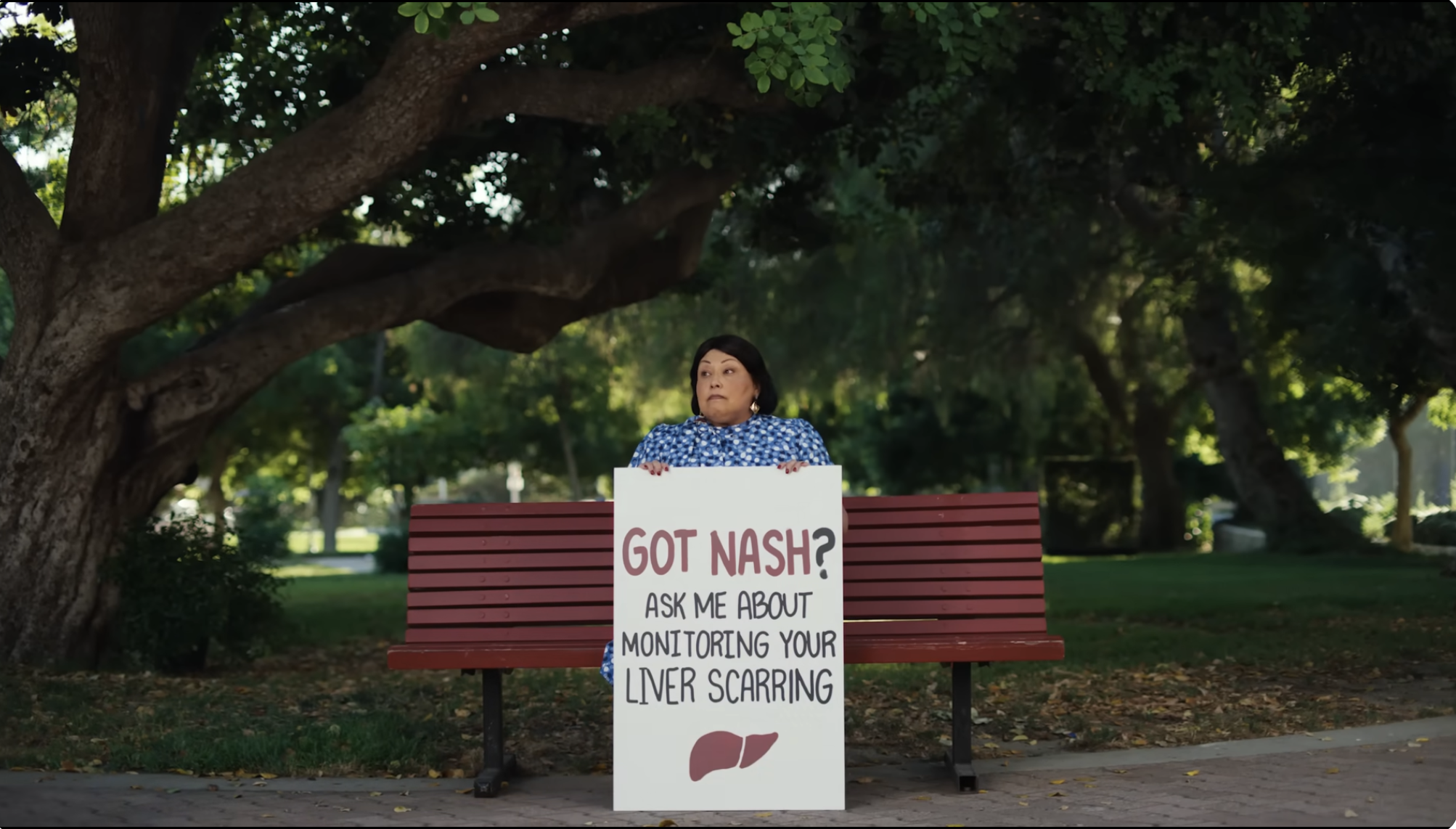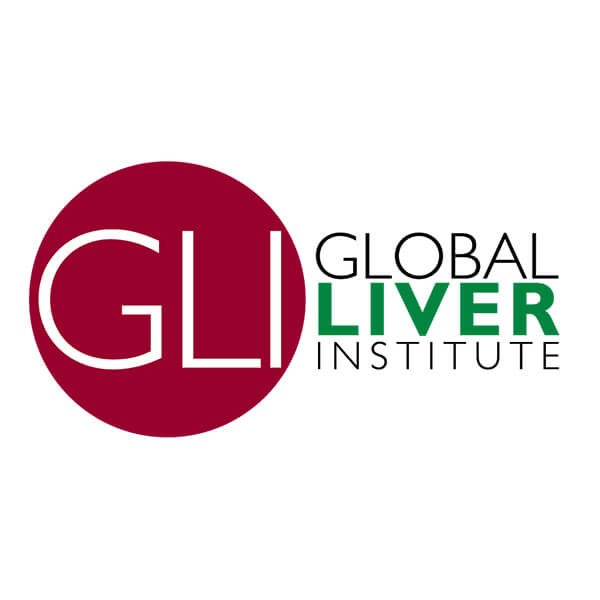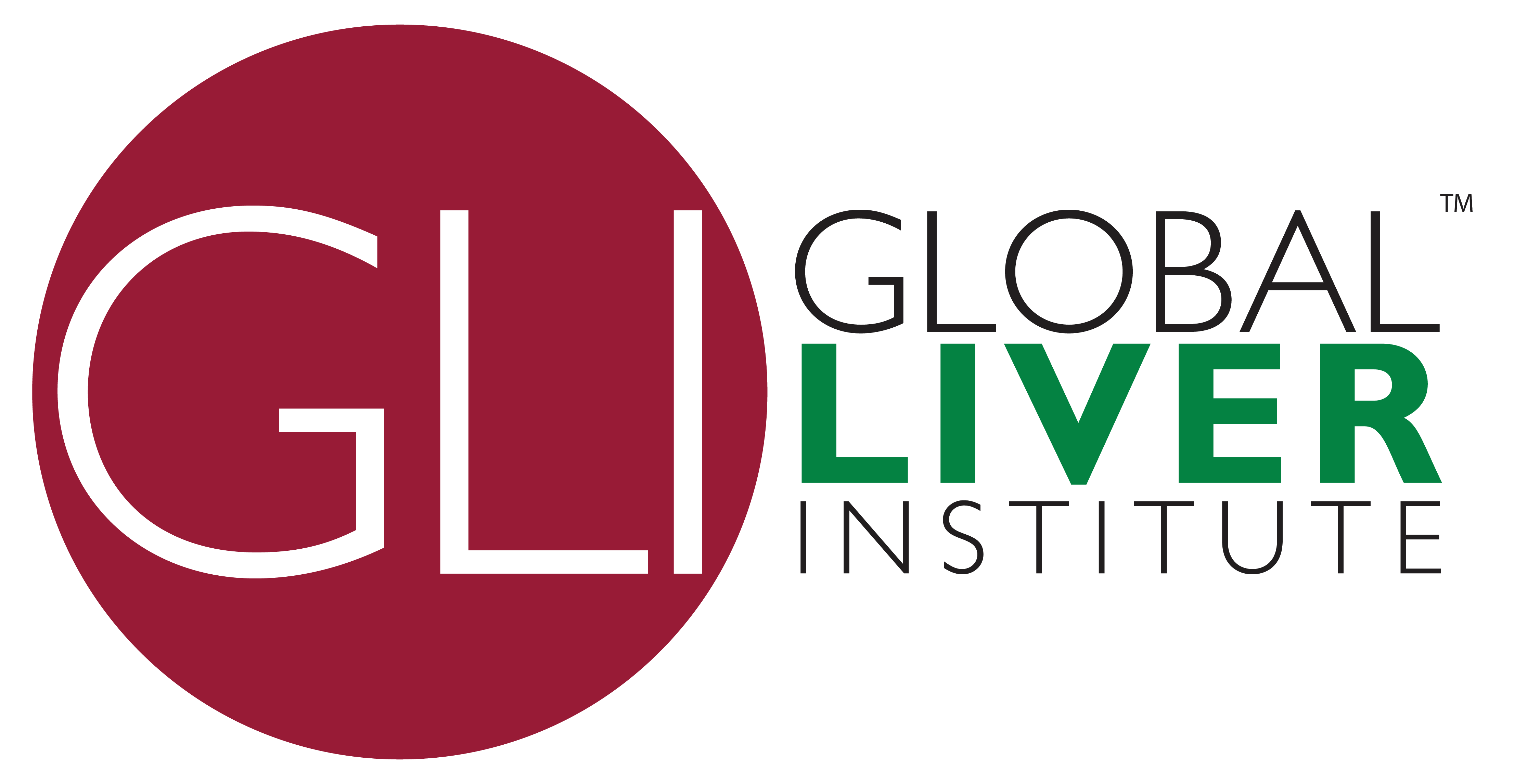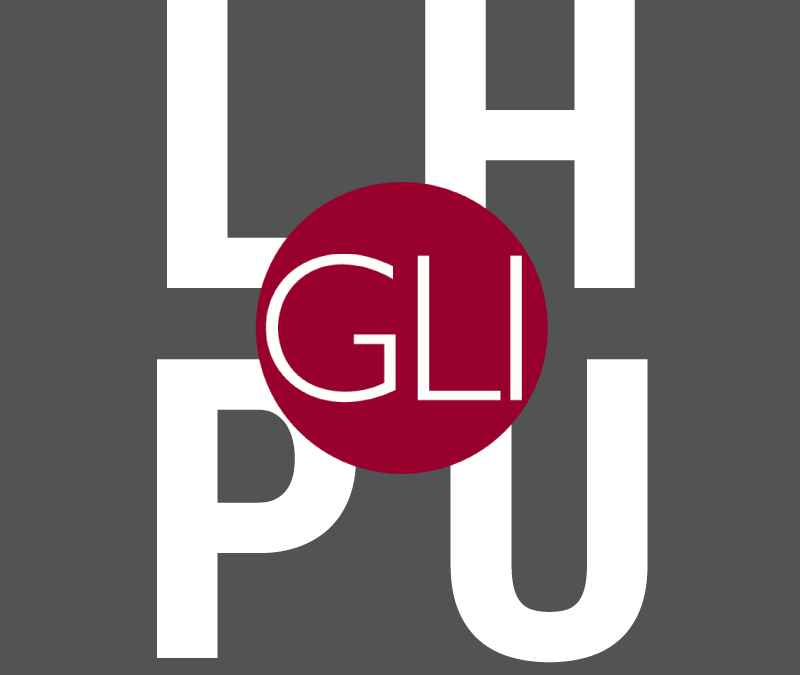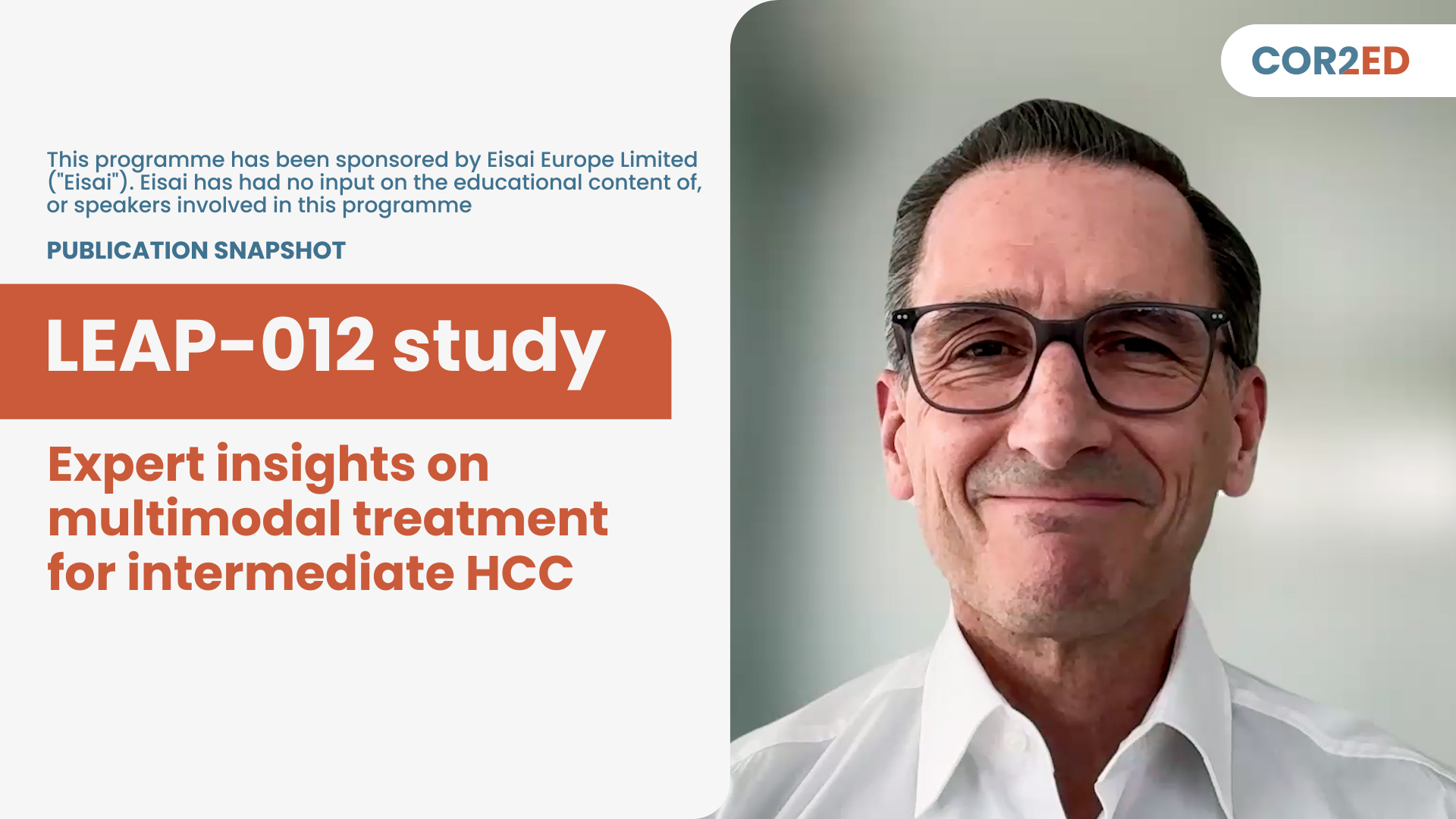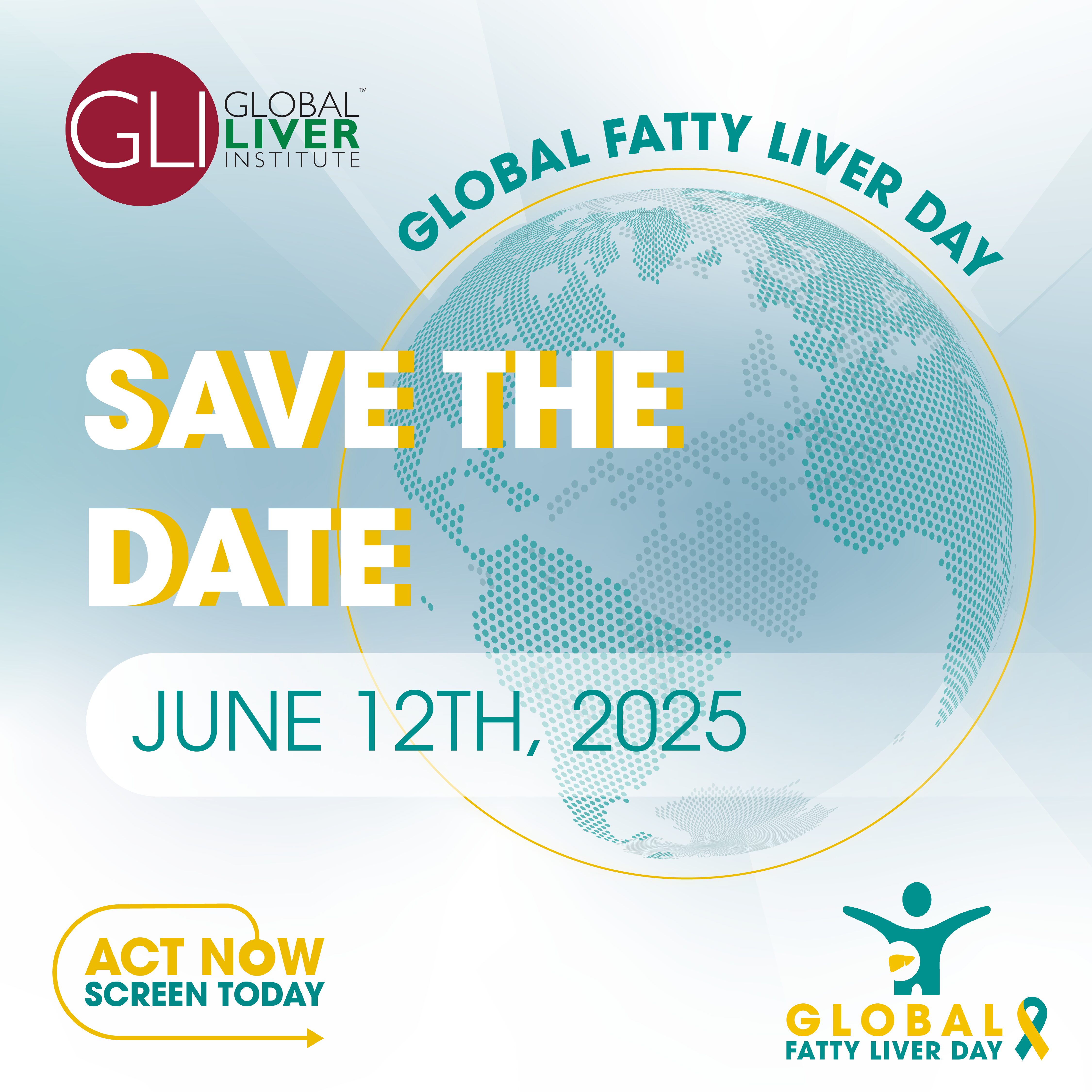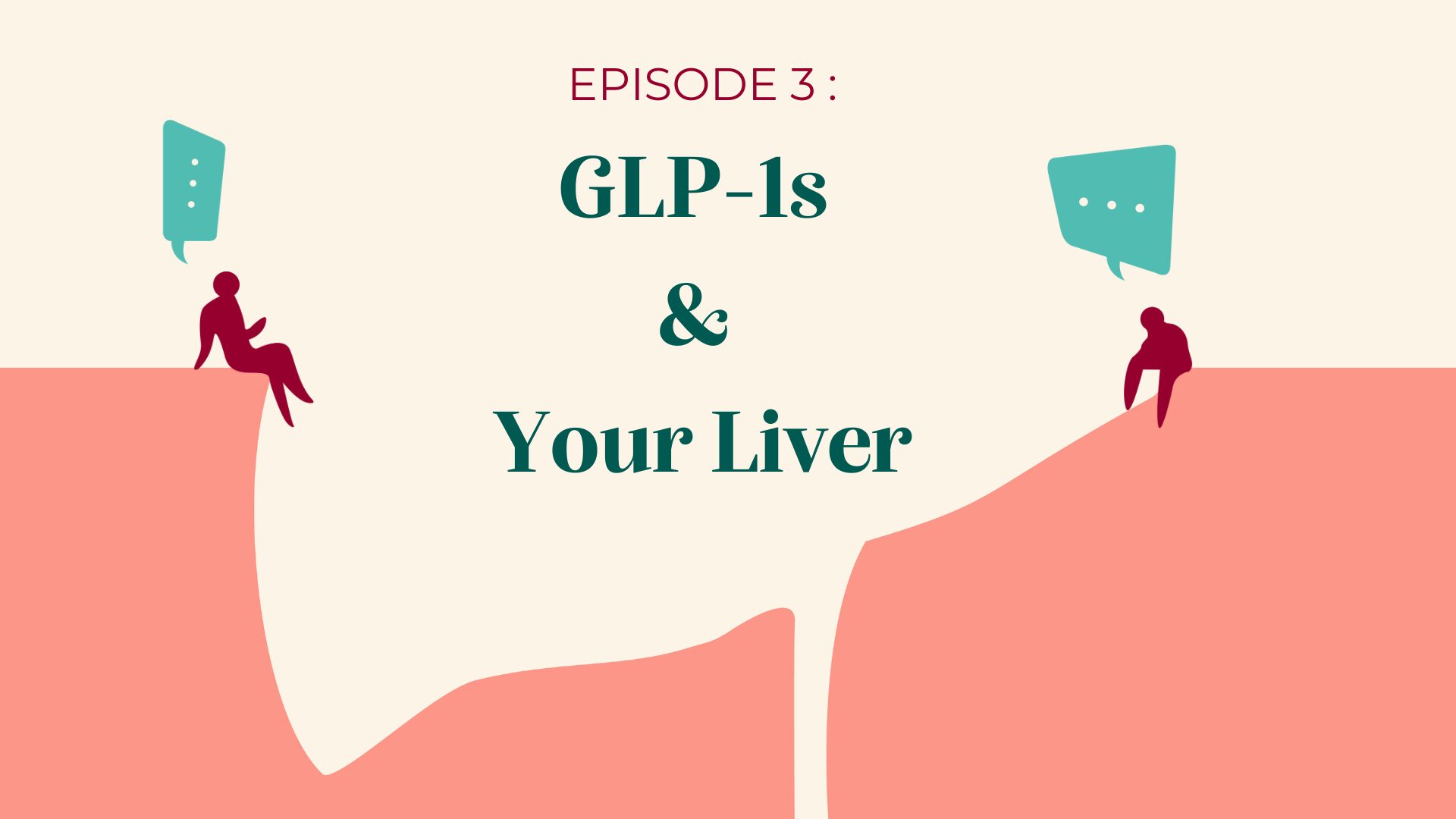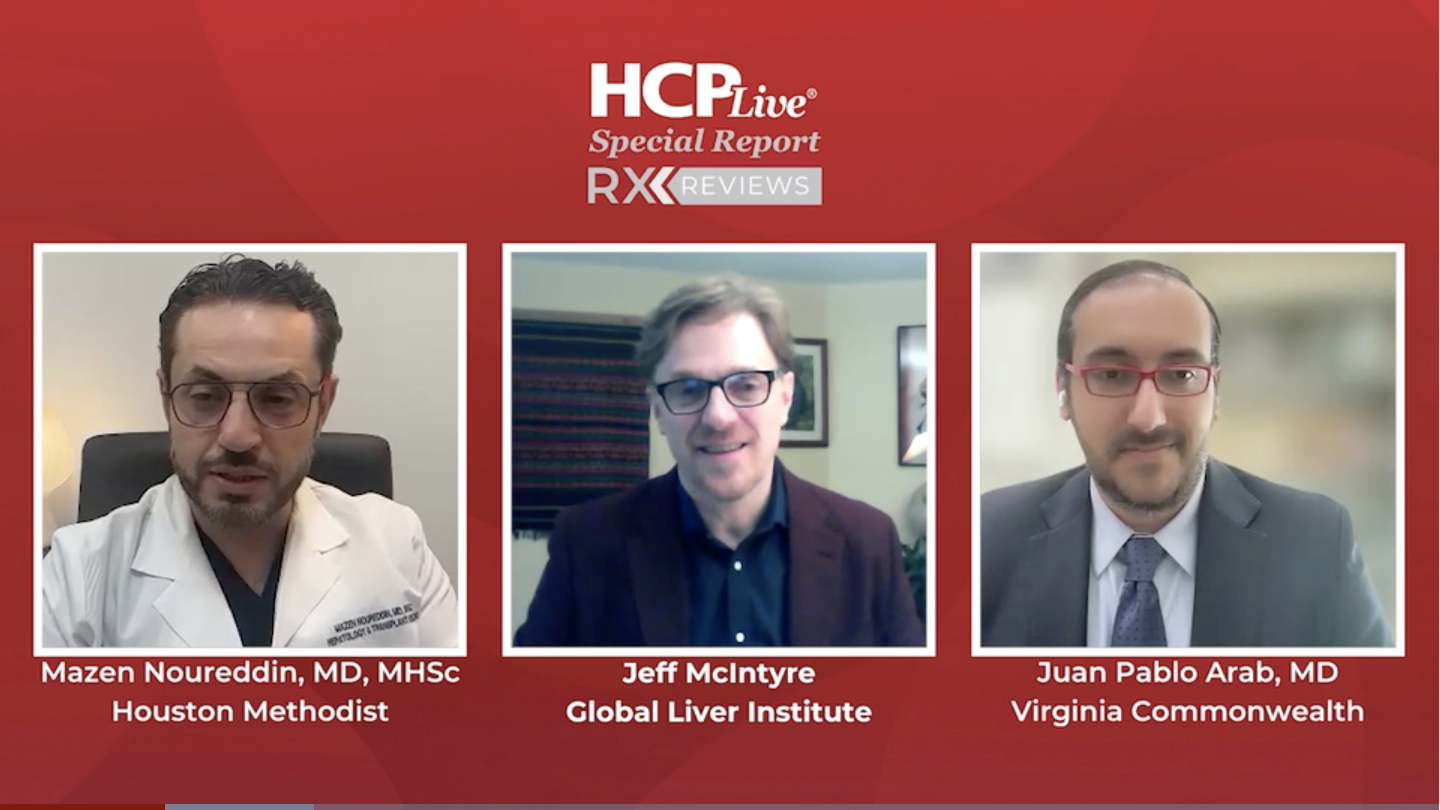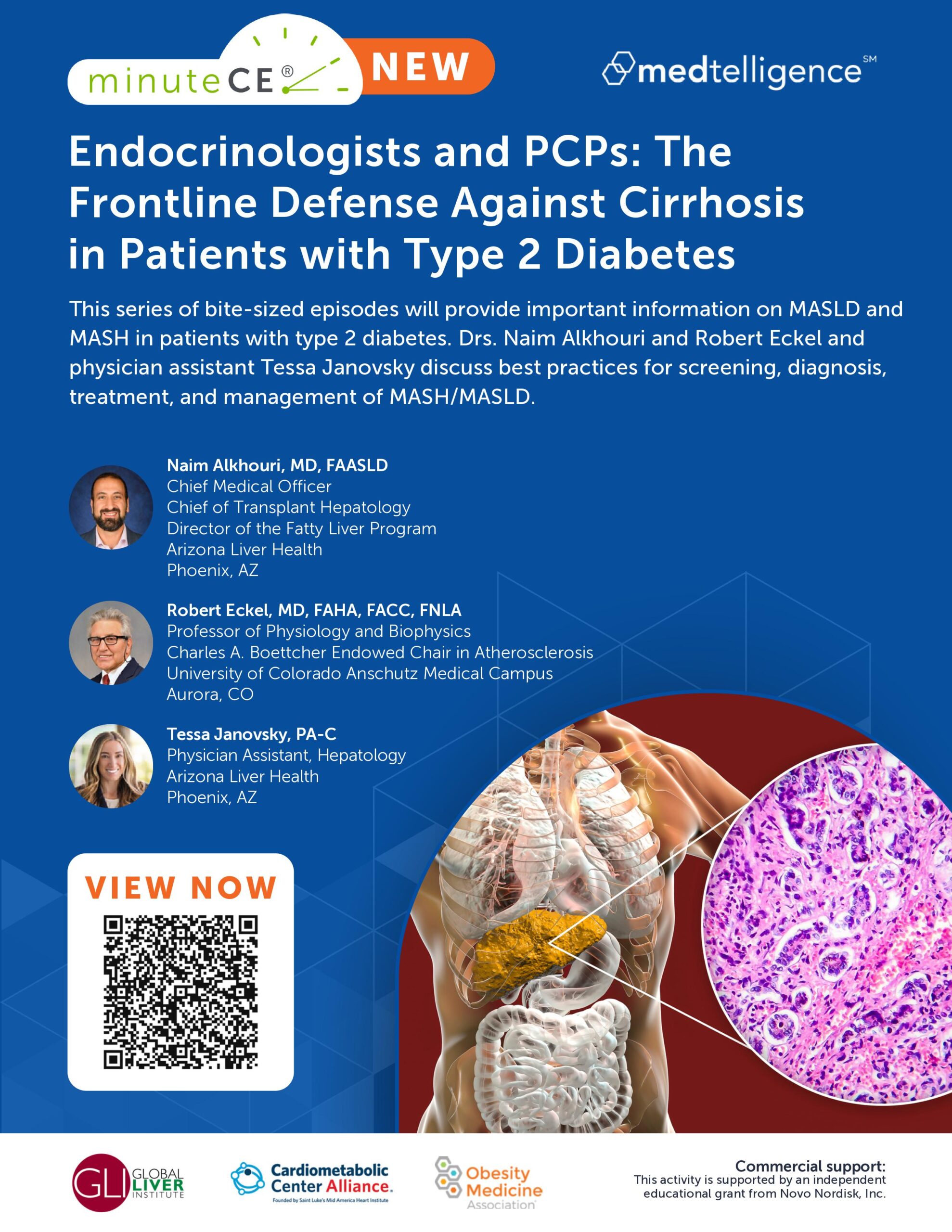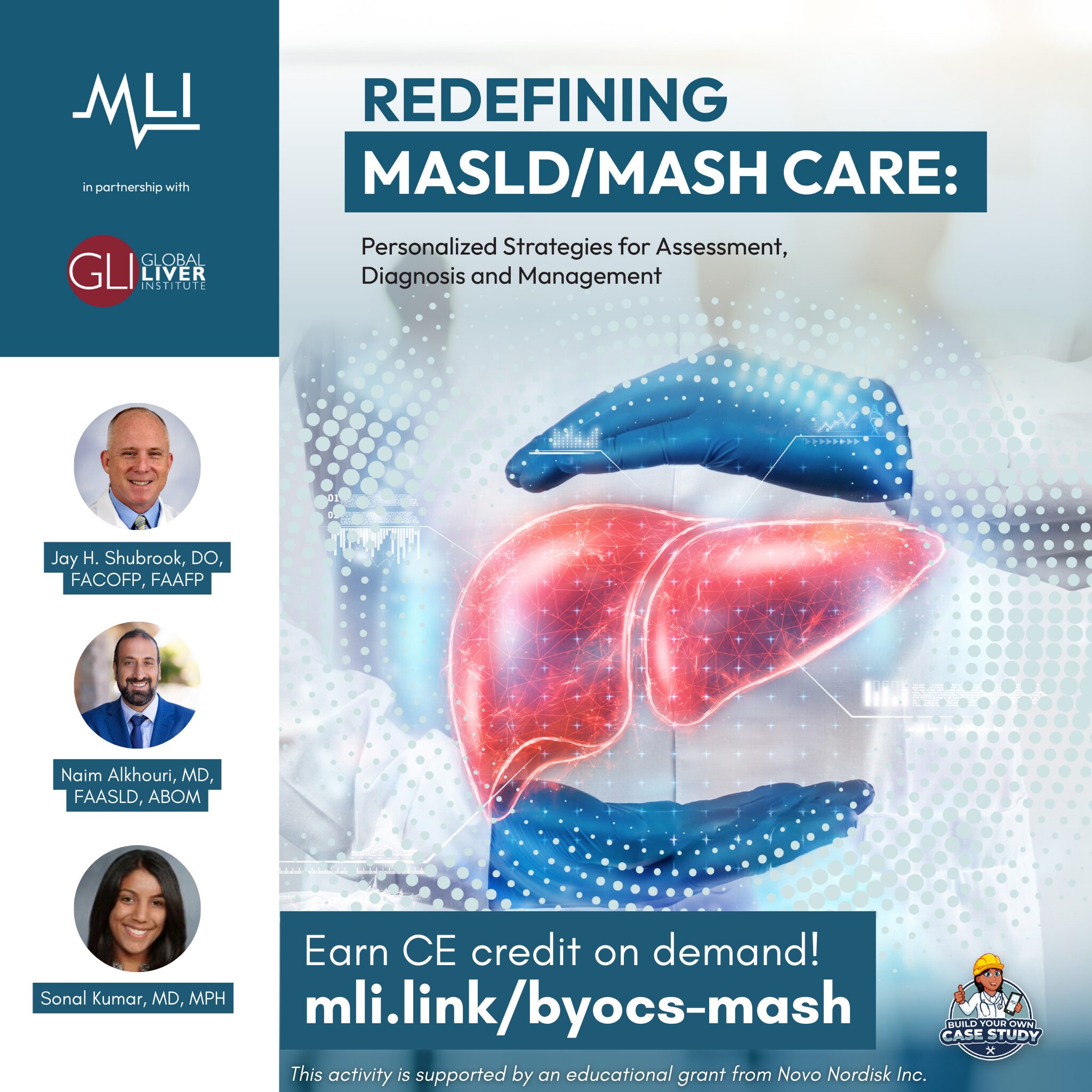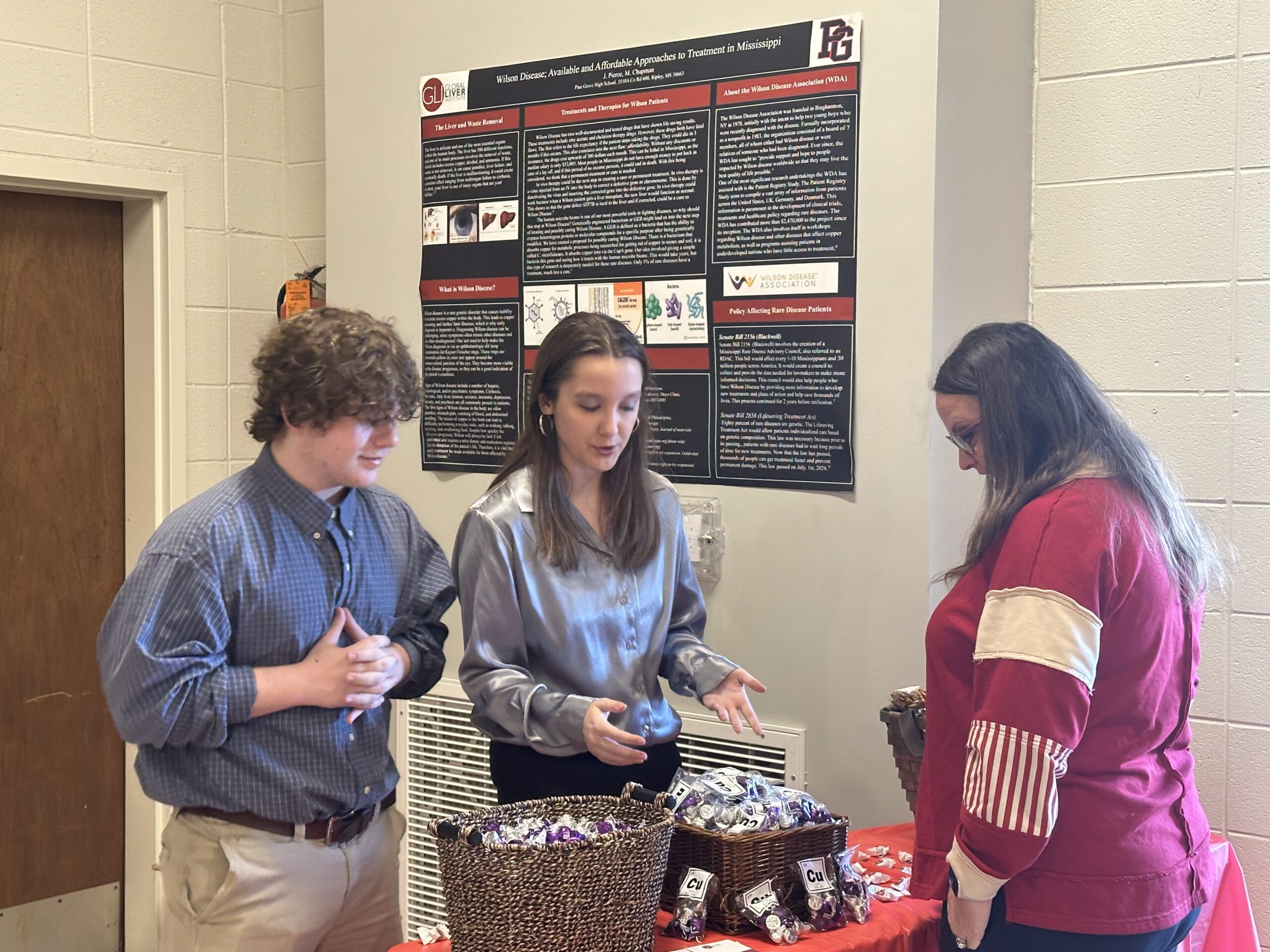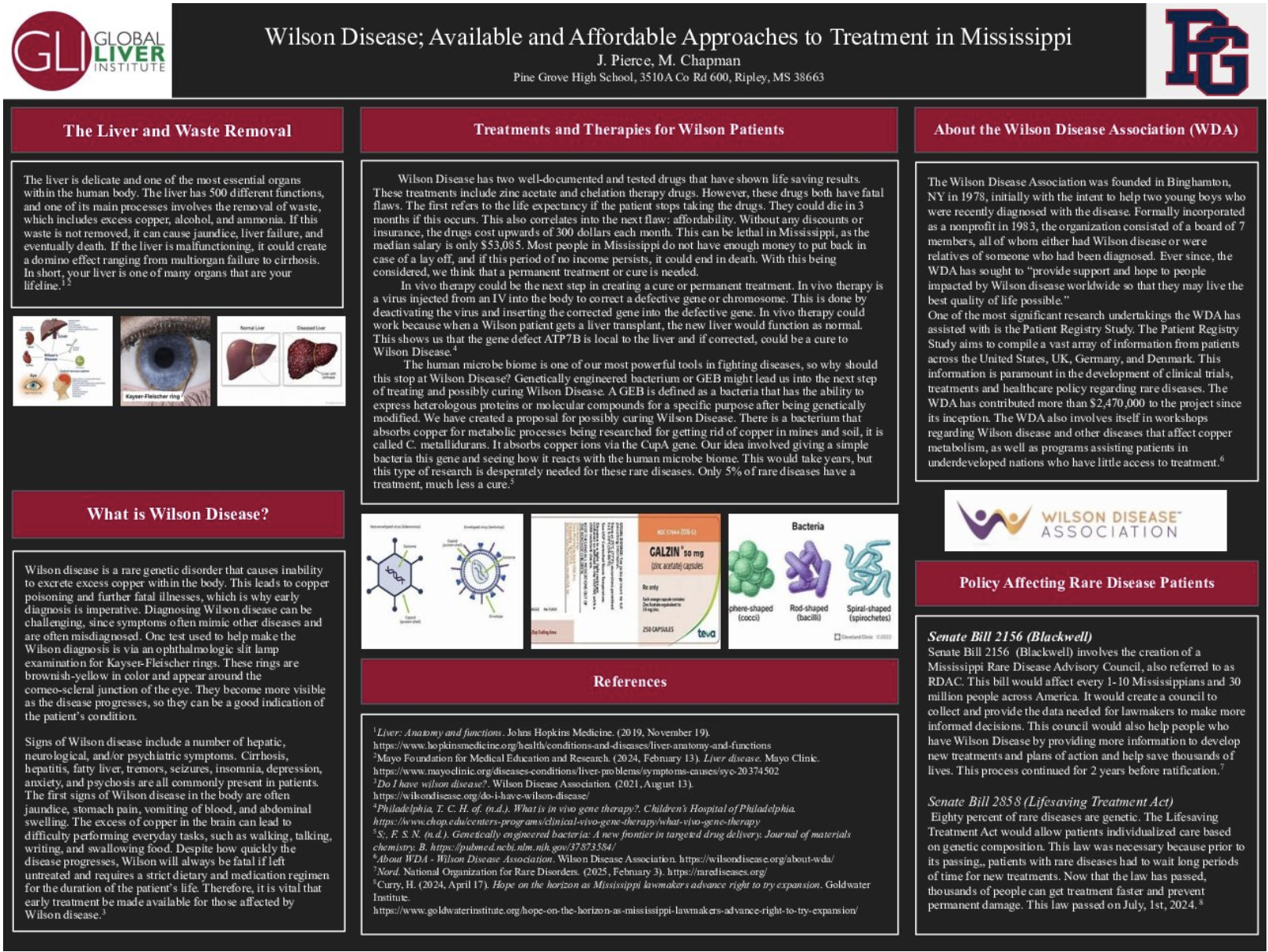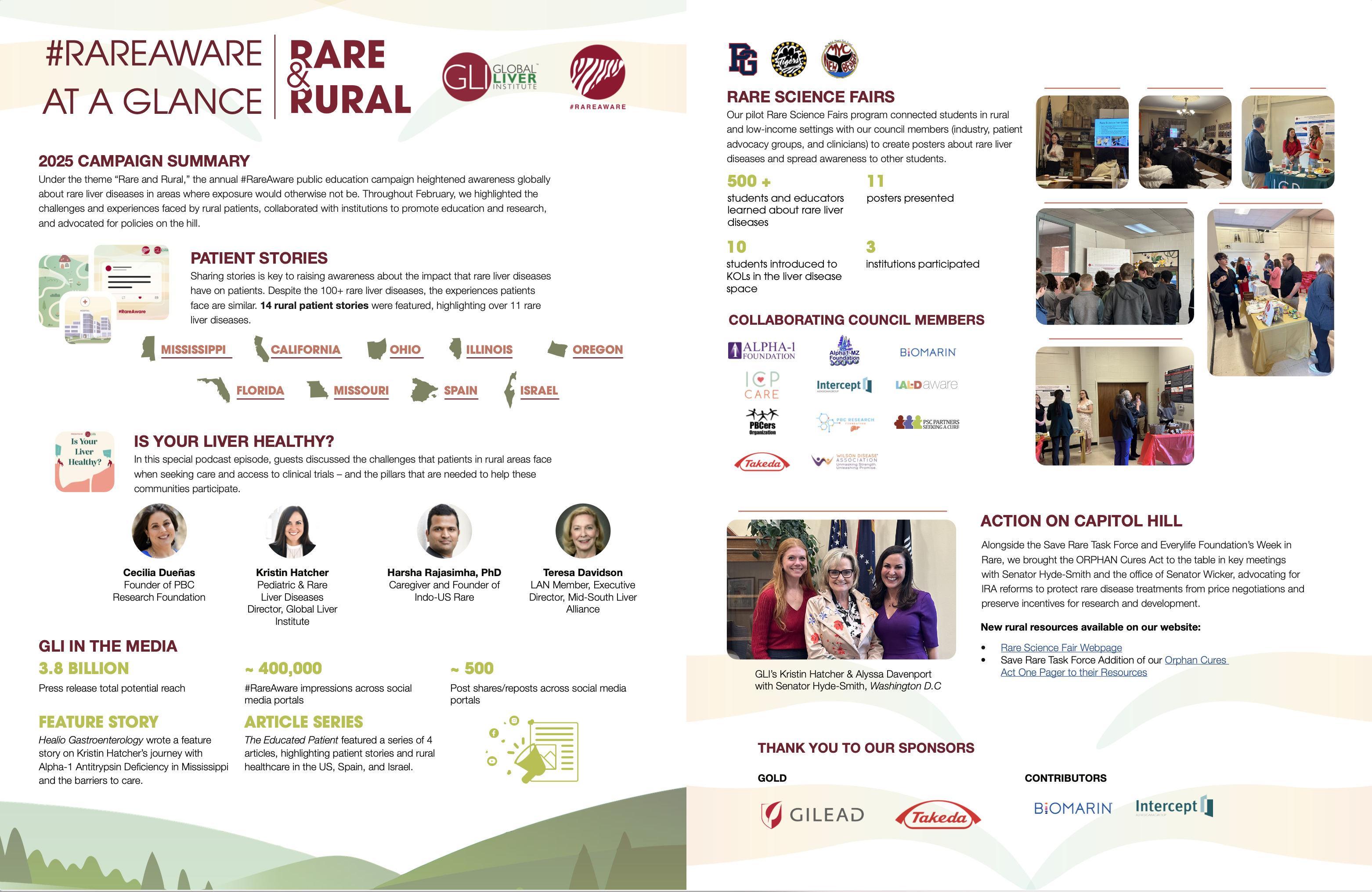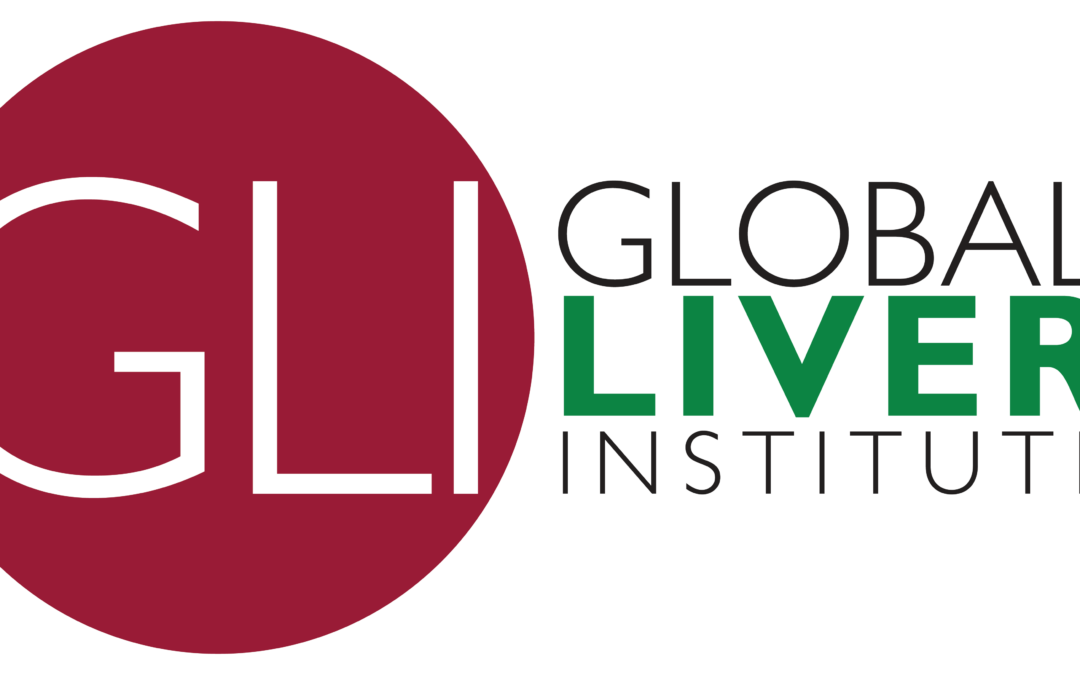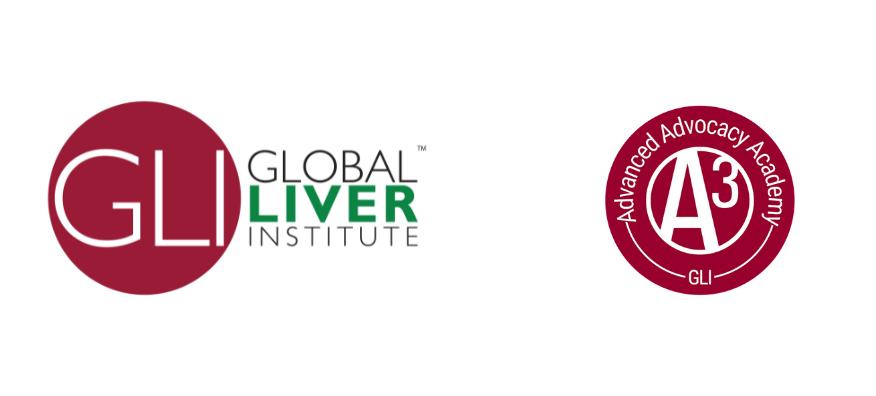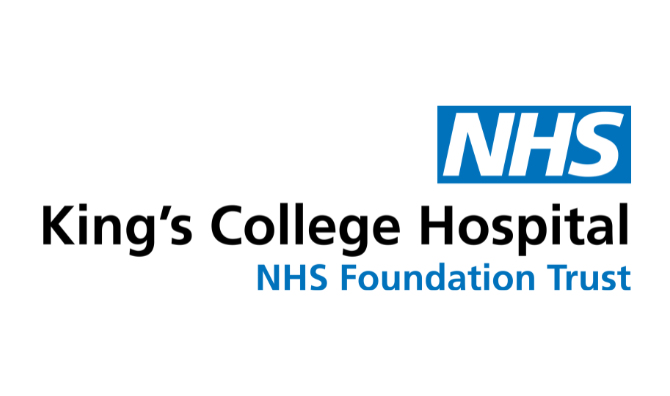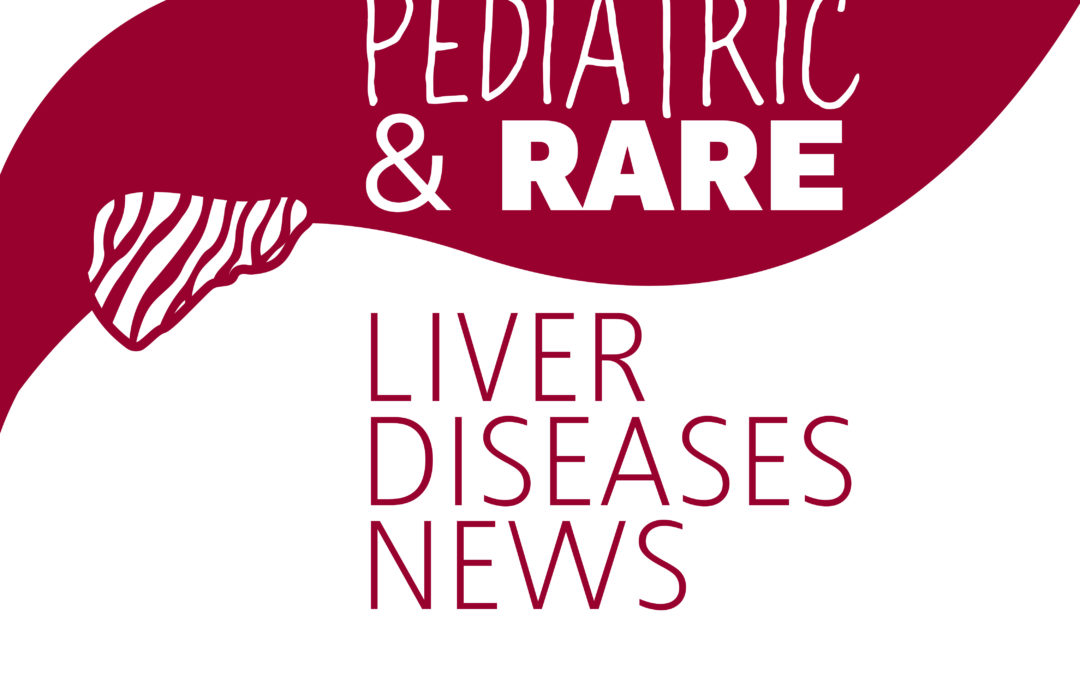
Big Wins for Rare Liver Disease: New Codes, Drug Approvals, and Global Advocacy – Pediatric and Rare Liver Diseases News

Big Wins for Rare Liver Disease: New Codes, Drug Approvals, and Global Advocacy – Pediatric and Rare Liver Diseases News
New ICD-10 Codes for Fontan-Associated Conditions
The introduction of new, dedicated ICD-10 diagnosis codes for Fontan-associated conditions in the U.S. Centers for Medicare & Medicaid Services (CMS) FY 2026 IPPS Proposed Rule marks a significant step forward for patients who have undergone the Fontan procedure.This surgery is performed on patients with congenital heart defects who have only one working ventricle, rerouting blood directly to the lungs. While it is life-saving, it often causes complications like liver disease and lymphatic dysfunction later in life. These new codes will improve clinical documentation, facilitate insurance reimbursement, and ensure better recognition of these complex, long-term health challenges.
This code will be finalized by August 2025 and implemented by September 2025, enhancing patient care, driving research, and supporting the development of targeted therapies.
Working to Advance Patient-Centered Drug Development at the Ultragenyx Rare Bootcamp
GLI’s Anna Lin was honored to participate in the recent Ultragenyx Rare Bootcamp, a focused meeting with patient advocacy groups across over 20 different rare diseases to address the role of biomarkers and clinical endpoints in drug development.
A key takeaway: patients must own and understand their data to help shape effective and relevant solutions. The Bootcamp continues to be a valuable space to find solutions where none may seem apparent—especially in the pursuit of life-changing therapies.
World ORPHAN Drug Congress 2025 Highlights Collective Action in Rare Diseases
Global Liver Institute joined key leaders and organizations at the World Orphan Drug Congress in Boston, MA to engage in focused conversations surrounding legislation, global policies, and the evolving demands for rare disease drug development. Our central takeaway from the event was the need to align on shared priorities that can move the entire field forward. In rare diseases, no single organization can make progress alone—collaboration is not optional, it’s what works.
Liver Momma’s Annual Biliary Atresia Art Show
Children are more than their diagnosis. Liver Momma’s social media was taken over by pediatric artists between the ages 0 to 18 from April 20 – 26, 2025 during their Annual Pediatric Transplant Week Virtual Art Show. This exciting virtual event hosted on Facebook and Instagram showcased the creativity of children living with biliary atresia. Don’t miss the chance to support these young artists and see how they express themselves beyond their health challenges.
Elafibranor Covered for Eligible Primary Biliary Cholangitis Patients in Scotland
IQIRVO® (elafibranor) has been accepted by the Scottish Medicines Consortium for use in NHS Scotland. This approval means that patients in Scotland can now access this drug through the publicly funded healthcare system as part of their treatment plan, ensuring they receive the therapy they need without financial or logistical barriers.
Adding to this momentum, Health Canada has issued a Notice of Compliance with Conditions (NOC/c) approving elafibranor for use alongside UDCA in patients with an inadequate response or as monotherapy for those who cannot tolerate UDCA. This means that eligible patients in Canada now have access to this option through their healthcare providers.
Celebrating Maralixibat Approvals Across the Globe
On April 14, 2025, the U.S. Food and Drug Administration (FDA) approved a tablet formulation of LIVMARLI® (maralixibat) for the treatment of cholestatic pruritus in patients with Alagille syndrome (ALGS) and progressive familial intrahepatic cholestasis (PFIC). The new tablet offers an alternative to the existing oral solution, increasing treatment flexibility and accessibility for patients and caregivers.
In parallel, Japan’s Ministry of Health, Labour and Welfare approved the LIVMARLI oral solution for the same indications. As the first and only approved therapy for cholestatic pruritus in ALGS and PFIC in Japan, this represents a significant advancement in global access to treatment for these rare liver diseases.
Upcoming Events
- May 3 – 6, 2025 – Digestive Disease Week, San Diego, CA, USA
- May 7- 10, 2025 – EASL Congress, Amsterdam, The Netherlands
- May 22, 2025 – Together for Better Liver Health: Strengthening Public Health Responses to Metabolic Disease; a GLI, EASL, and AASLD policy event on the sidelines of the WHA78, Geneva, Switzerland
- June 2 – 3, 2025 – NORD Rare Disease Scientific Symposium, Washington, DC, USA
- June 7, 2025 – Spring 2025 Wilson Disease Conference, Toronto, Canada
- June 12, 2025: Global Fatty Liver Day
- June 15 – 19, 2025 – DIA Global Annual Meeting 2025, Washington, DC, USA
- June 16 – 19, 2025 – BIO International Convention, Boston, MA, USA
- June 26 – 28, 2025 – 2025 Cholestatic Liver Disease Summit, Aurora, Colorado, USA
For more information about the Pediatric and Rare Liver Diseases Council or to learn more about joining, please visit our webpage or email pedsrare@globalliver.org.
